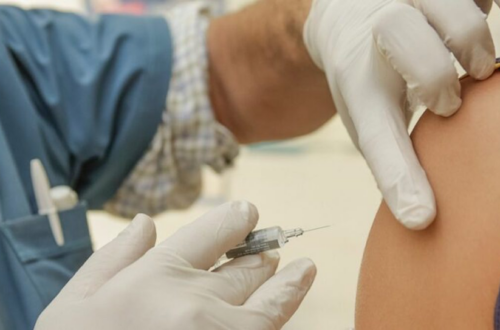The overstretched epidemic
Following the approval for OxyContin in 1995, the drug has continued to haunt the streets taking hundreds of lives daily with 7.49% of nationwide overdose deaths occurring in Florida alone.
Purdue Pharma, currently under the Sackler family, is a large American pharmaceutical company that manufactured and marketed OxyContin. It has run into harsh litigation following the thousands of lawsuits made against the company on the grounds that they had “misled doctors about how addictive OxyContin was, causing many patients to become hooked on opioids.”
Purdue Pharma filed for bankruptcy in September 2019 as it reached a settlement plan ultimately costing them $6 billion across a decade. The money would effectively go towards efforts to fight the omnipresent opioid epidemic inflicting cities across America.
Alongside the $6 billion, the settlement plan also called for an additional $750 million to compensate victims of OxyContin and for the Sacklers to relinquish control over Purdue Pharma.
Issues with the current settlement plan
This plan seemed to resonate with 95% of victims affected by OxyContin, but the Sacklers would be shielded from any further civil claims and would also keep billions of dollars in revenue gained between 2008 and 2017.
In recent years, bankruptcy court has become a popular place to deal with mass-injury settlements. The Purdue case allows the Sacklers, a third party as the Biden administration states, to be freed from liability, even though they themselves are not declaring bankruptcy.
It has now been four years since the initial settlement plan came to light.
The U.S. Trustee Program, an arm of the Justice Department, objected to the bankruptcy plan, stating it “violated federal law for the legal immunity” it would bestow on the Sacklers. It was ruled by a federal trial court judge in 2021 the settlement should not be allowed.
The Supreme Court heard arguments Monday resulting in a temporary halt of the deal and suspension of payments until a future ruling.
The current plan would permit the Sacklers to decide how much they contribute to fund the efforts against the opioid epidemic and would grant them immunity from any future cases pertaining to OxyContin.
The Supreme Court Hearing
The Supreme Court case began with oral arguments from Curtis E. Gannon, to restructure the settlement plan.
Gannon told justices that the debtors are “supposed to be contributing all of [their] assets with, you know, a handful of exemptions to be property of the estate.”
A primary argument against the deal was that allowing the Sacklers to take advantage of their situation offered “a road map for wealthy corporations and individuals to misuse the bankruptcy system.”
Lawyers for Purdue countered this by reminding the court that if they were to strike down the settlement many victims and organizations would lose all compensation that the billions of dollars might be used for. Justice Kavanaugh said by denying the deal, the federal government is not allowing states to put in measures to prevent future overdoses and victims.
“It’s overwhelming, the support for this deal, and among people who have no love for the Sacklers, among people who think that the Sacklers are pretty much the worst people on earth, they’ve negotiated a deal which they think is the best that they can get” said Justice Elena Kagen.
A final decision is estimated to come around late June 2024.
Combating the Problem in Florida
As a result of several settlement agreements made with large pharmaceutical companies, over $3.4 billion was secured to aid in combating the opioid epidemic within Florida. The Florida Department of Children and Families distributed $97 million in the last year. Nearly $400 million has also been spent on the initial success of the settlements.
The funds are allocated across a variety of treatments such as local projects, media campaigns, research, a naloxone saturation plan, recovery housing and workforce development.
Barbara Andraka-Christou, an associate professor in the School of Global Health Management, said “you’re not gonna see any studies on things that are that recent let alone, you know, studies with enough data and rigor… to quantify” whether this money has been beneficial.
“I think what I am excited about in part here is that those settlements that you’re speaking about, they actually required, as part of the settlement, that [the money] does go towards evidence based treatment, evidence based prevention” Andraka-Christou said.
Florida saw a 2.6% decline in the number of overdose deaths in 2022, according to findings in Project Opioid. However, counties in the Tampa Bay area continue to see an increase in overdose deaths with Pinellas, Pasco and Hernando counties ranging from 40% to 56% higher than the overall state records.
Andraka-Christou said “money alone is not sufficient” to fully address the needs of these communities.
Only time will tell whether the settlement’s funds will ultimately be distributed and if Purdue Pharma’s name can finally be laid to rest.
Featured image: “We Do Not Stock Oxycontin” sign in a store. (Unmodified photo by Mick Orlosky taken in 2008 used under a Creative Commons license. http://bit.ly/3uKKzUo)





